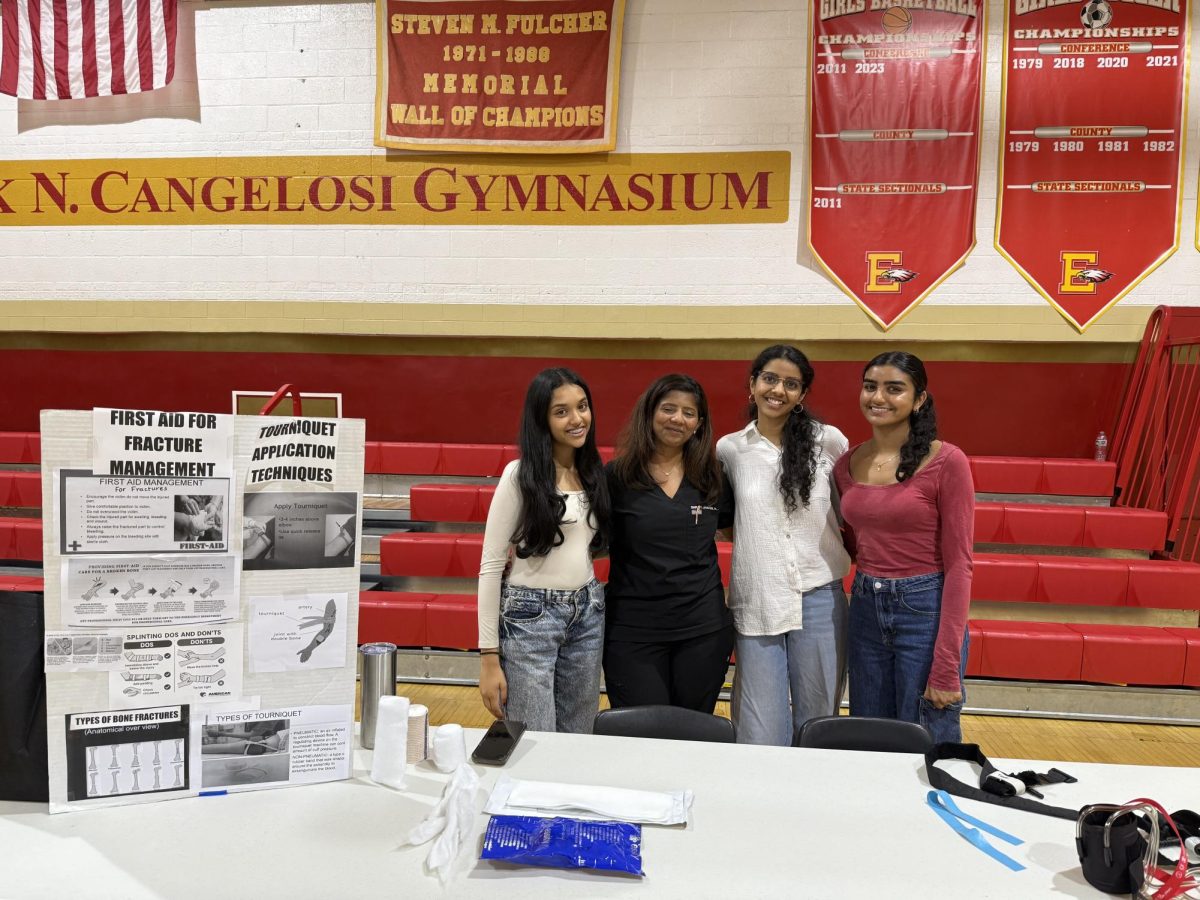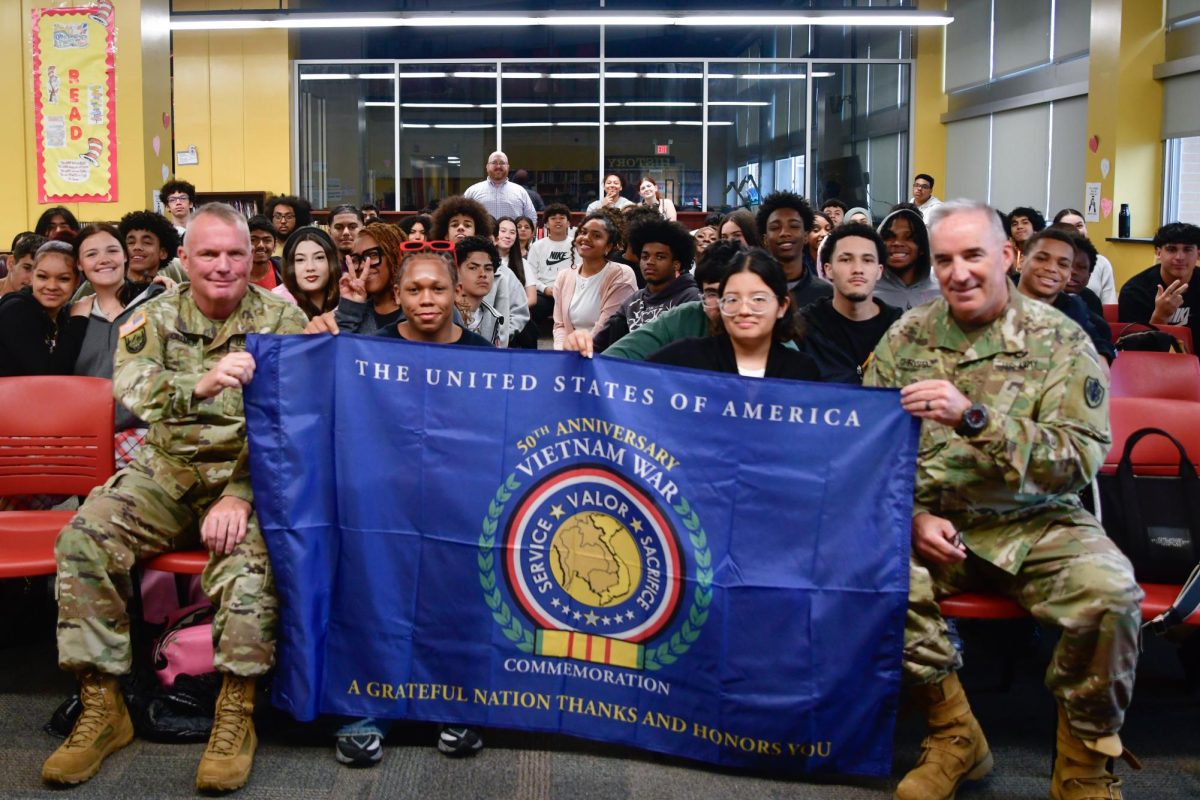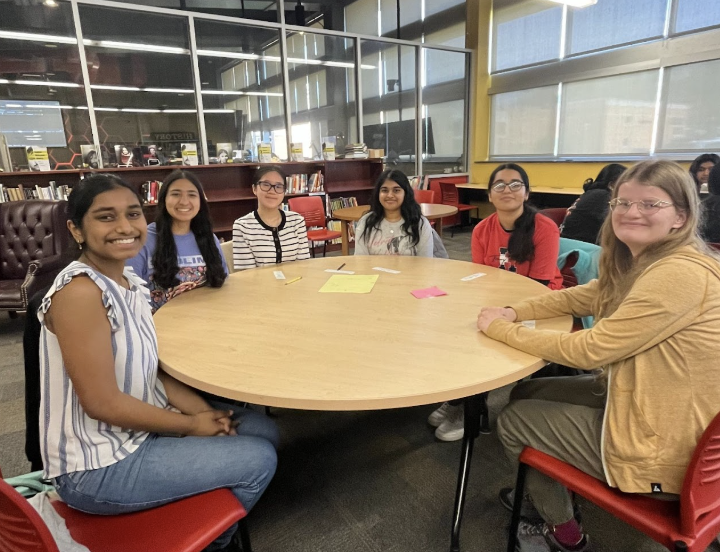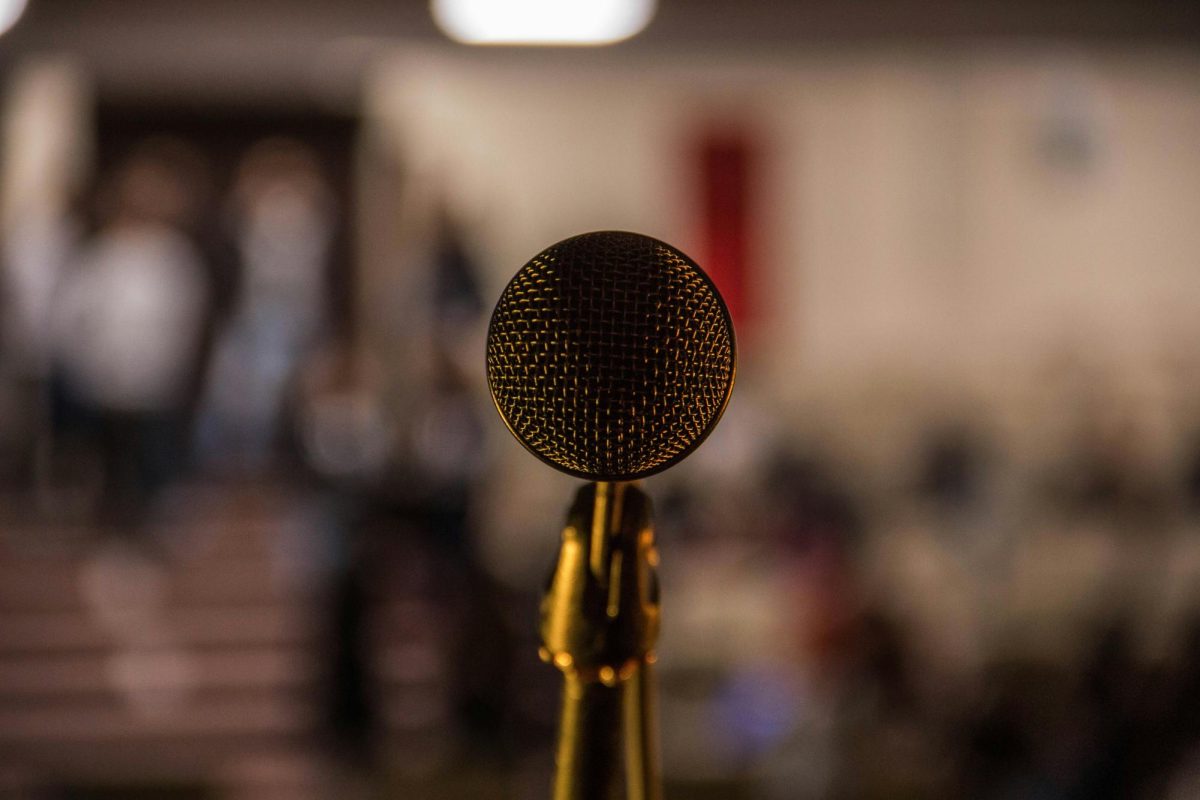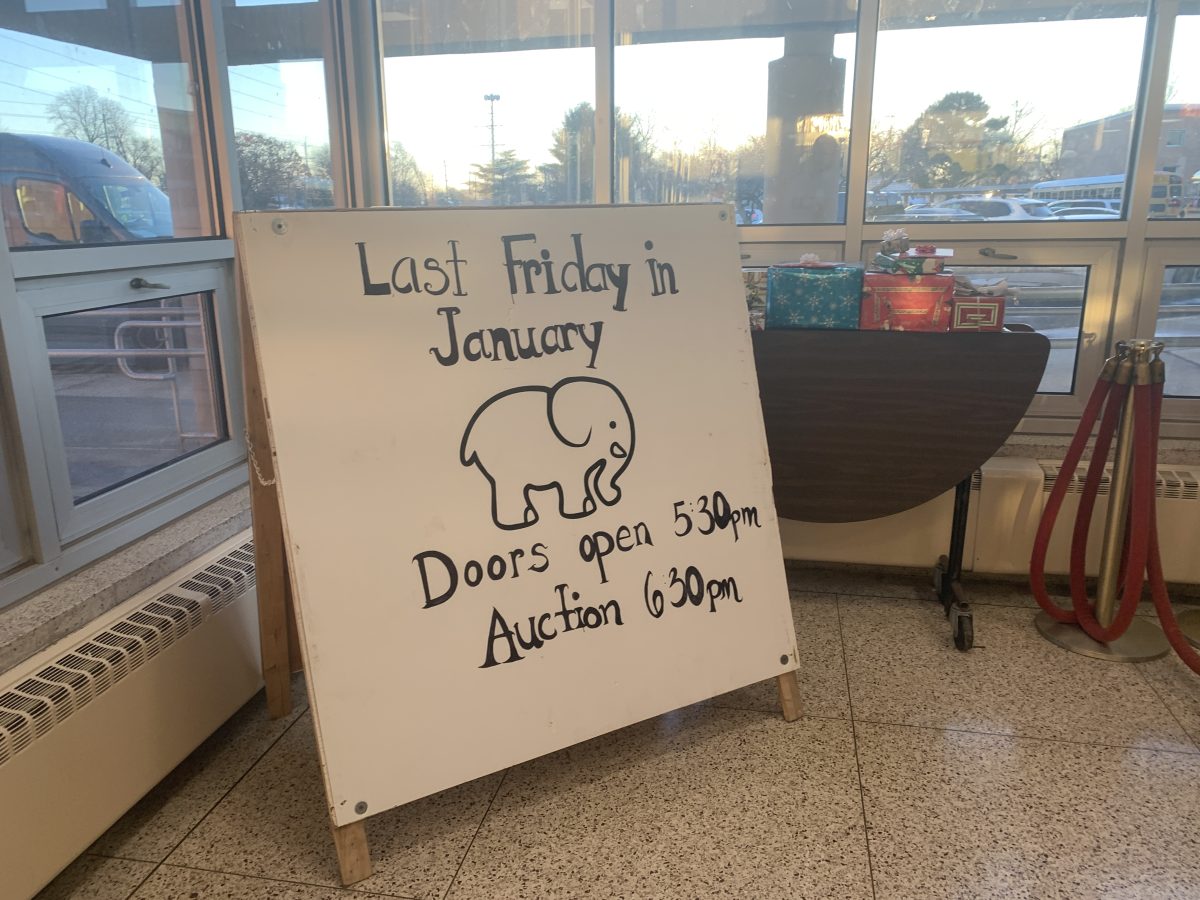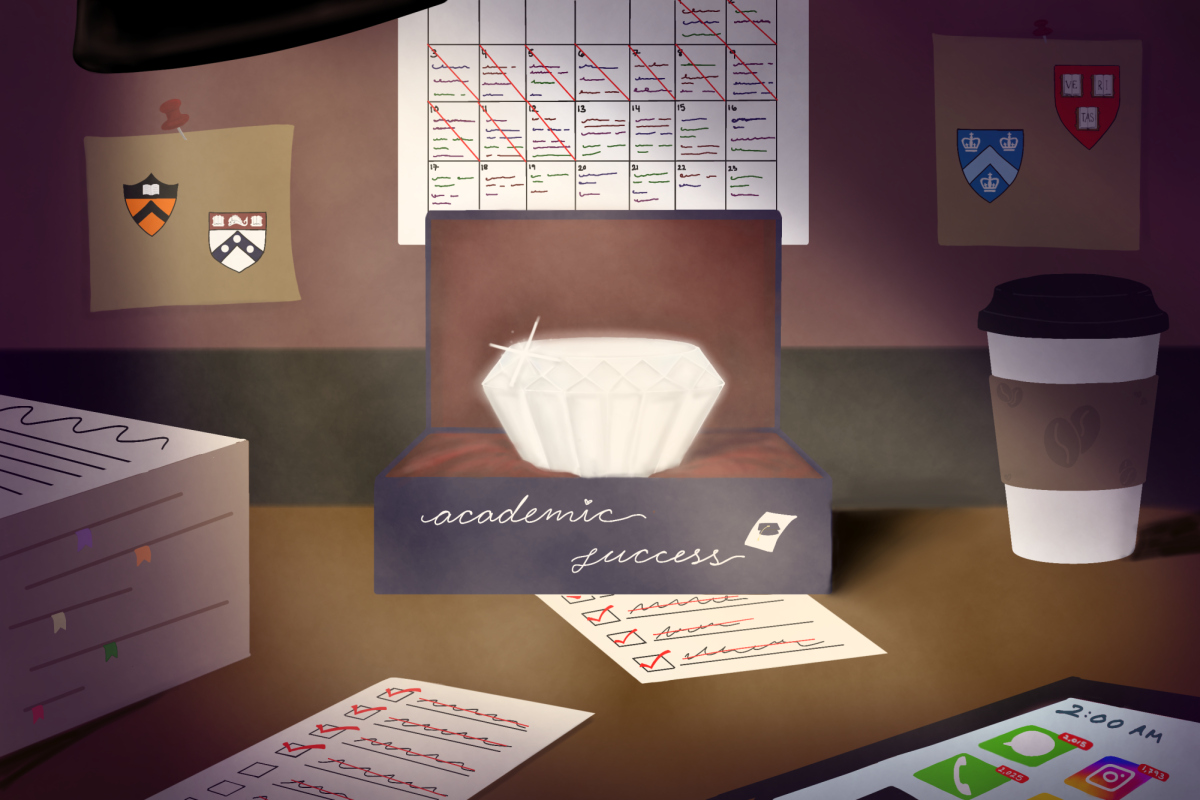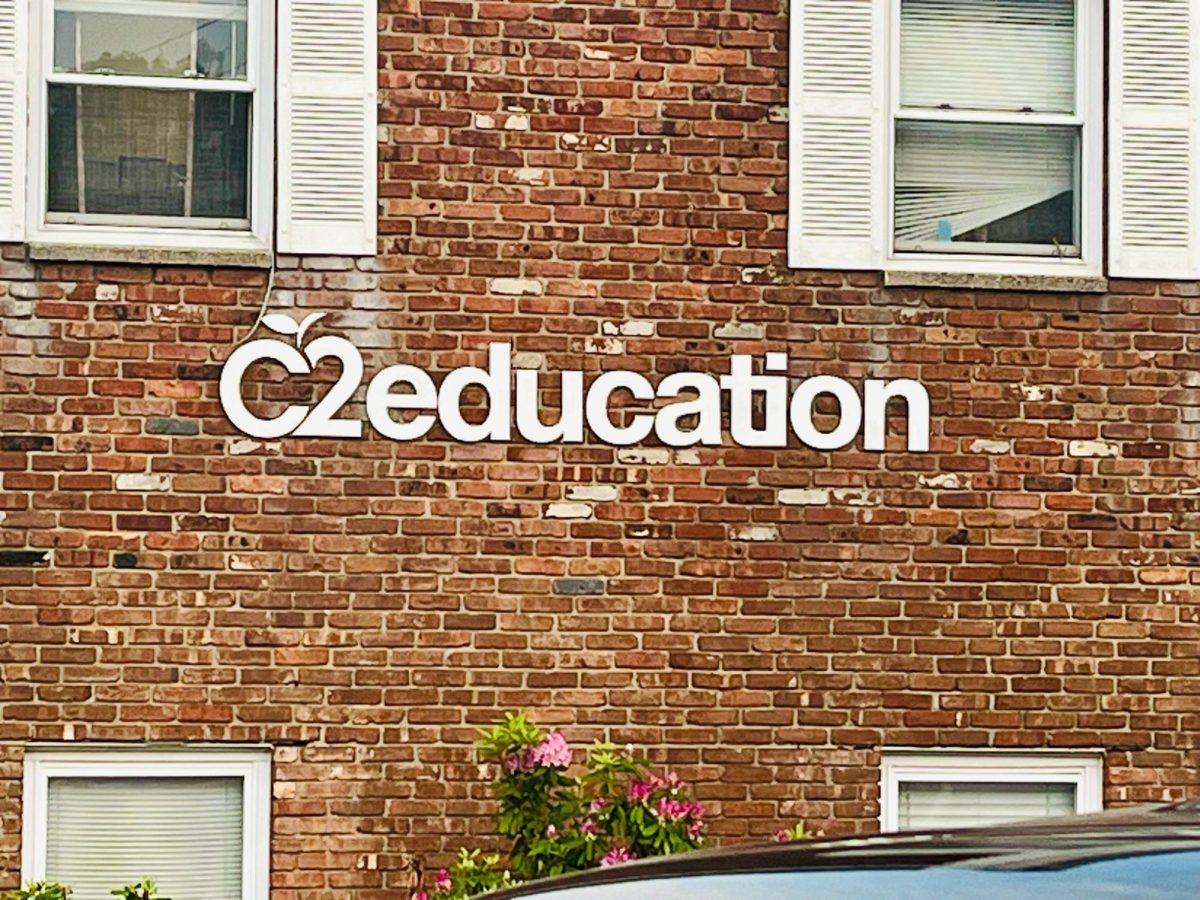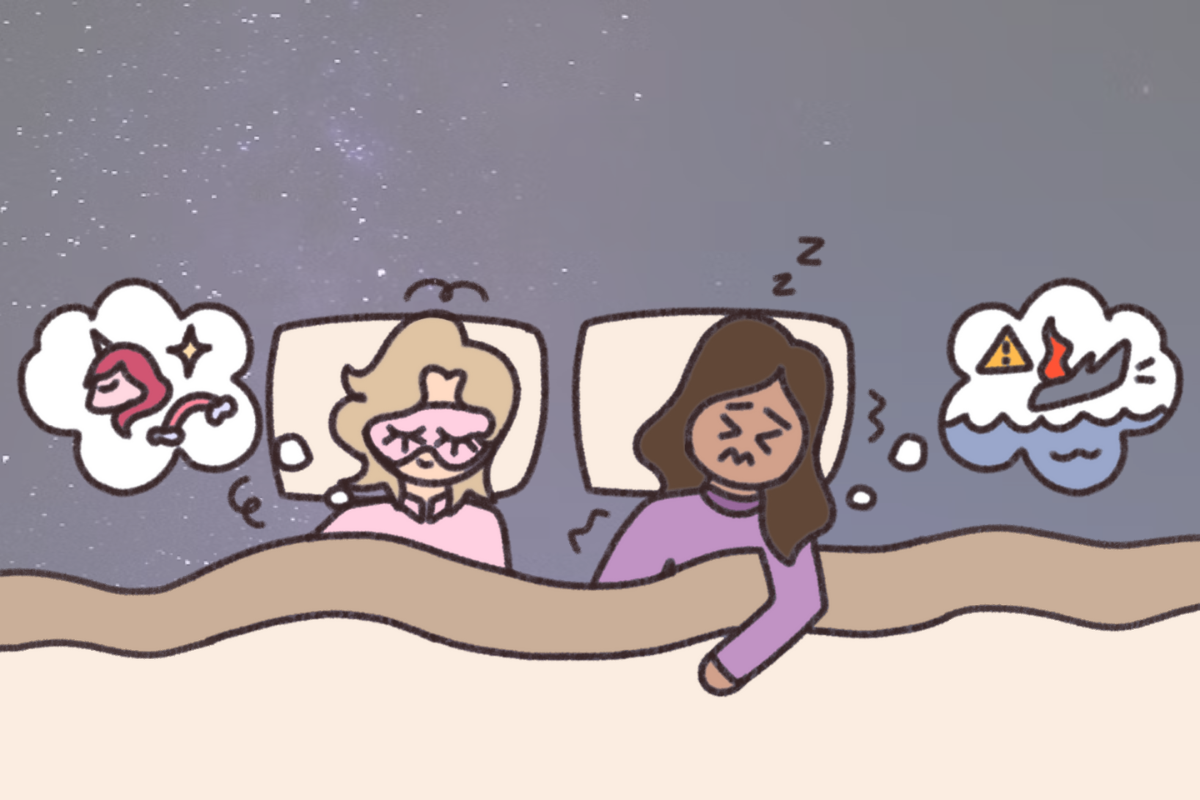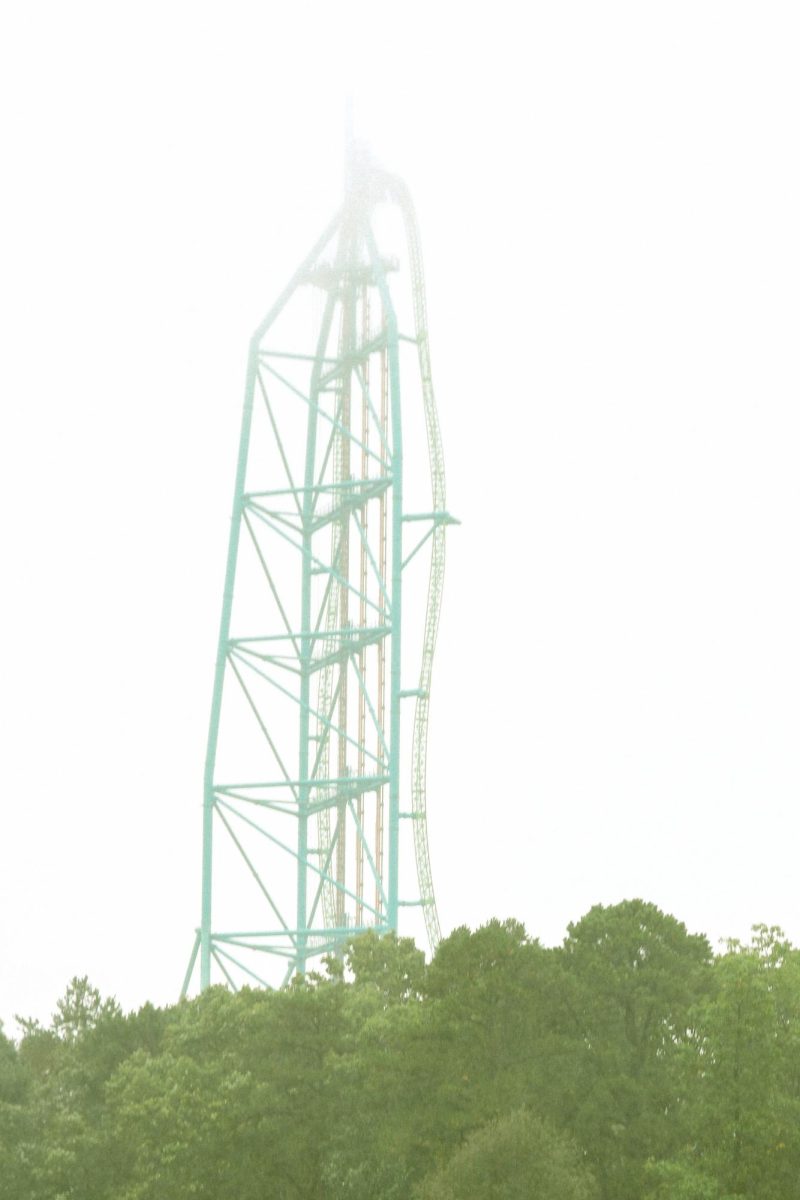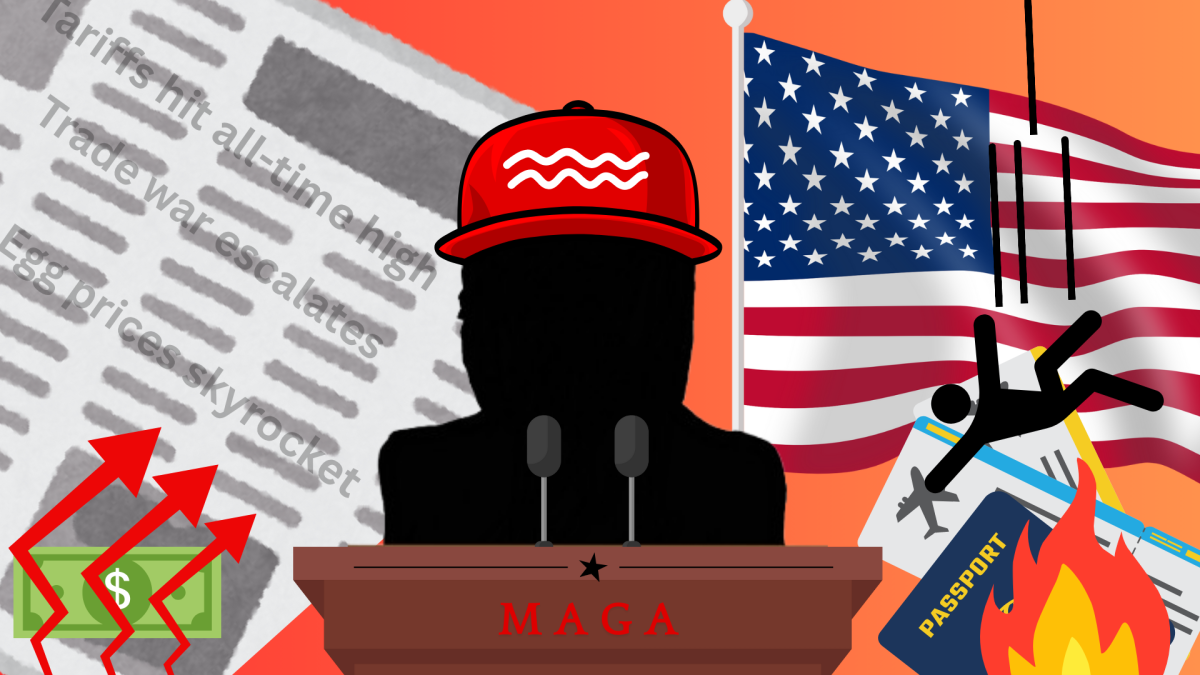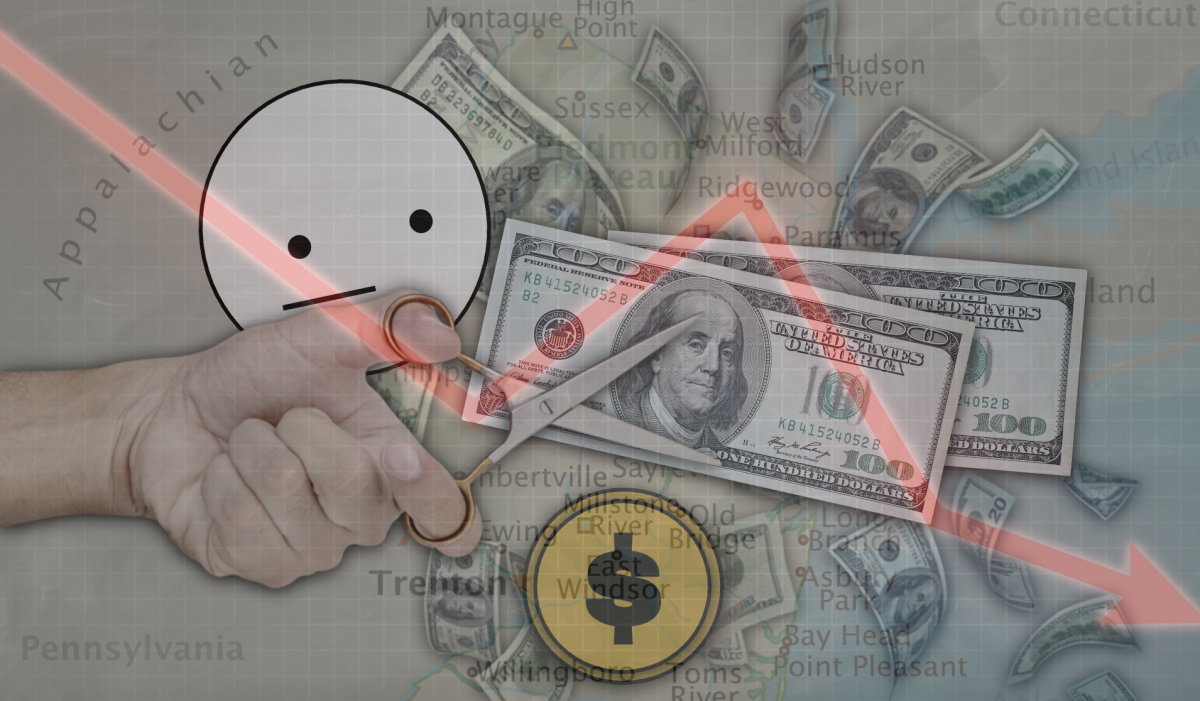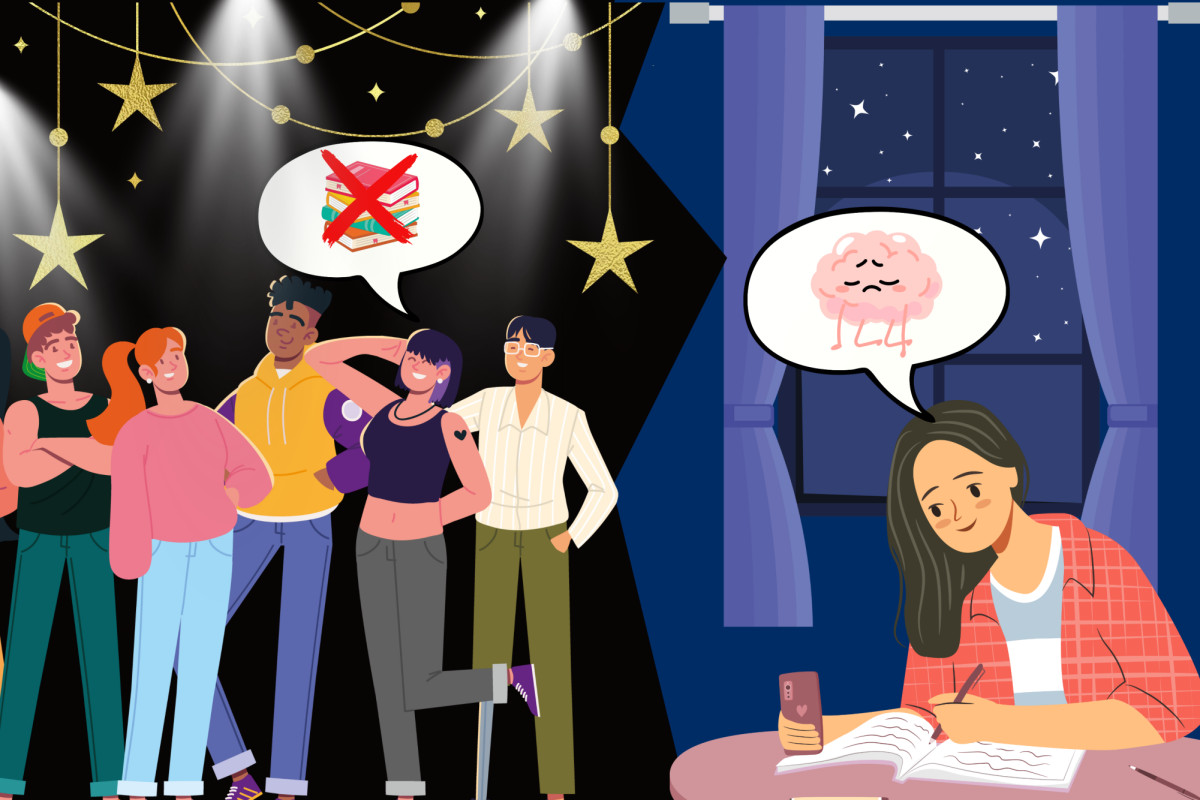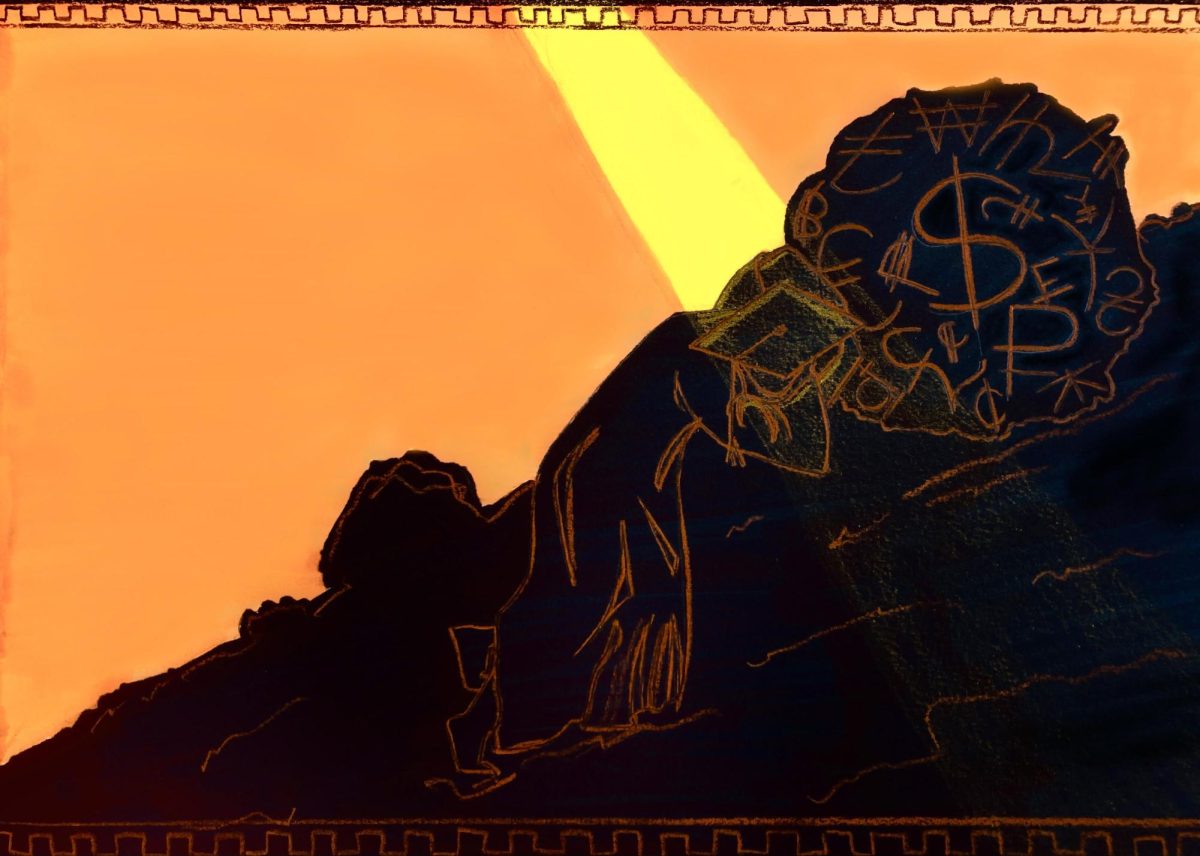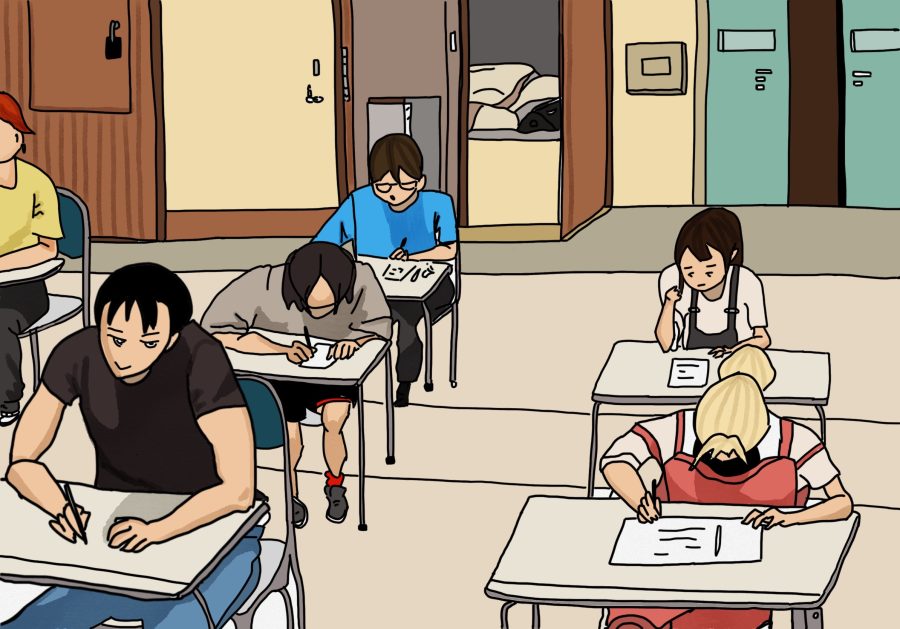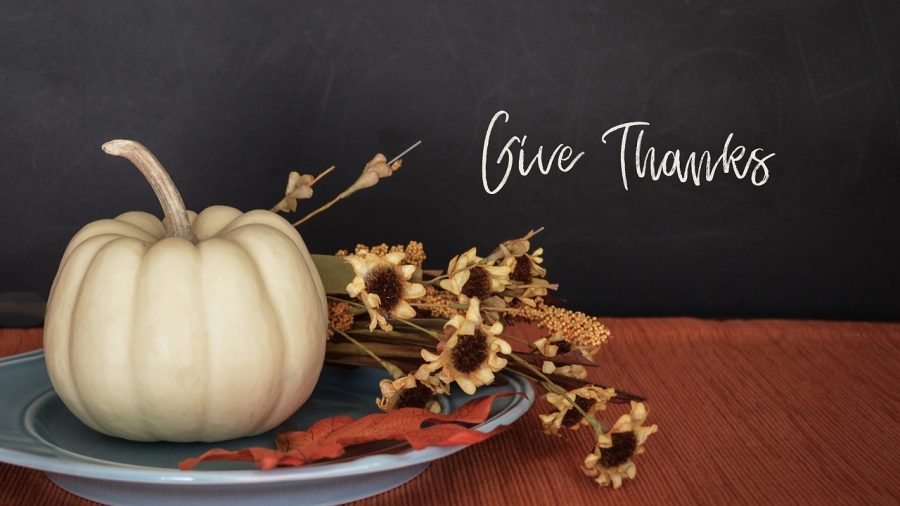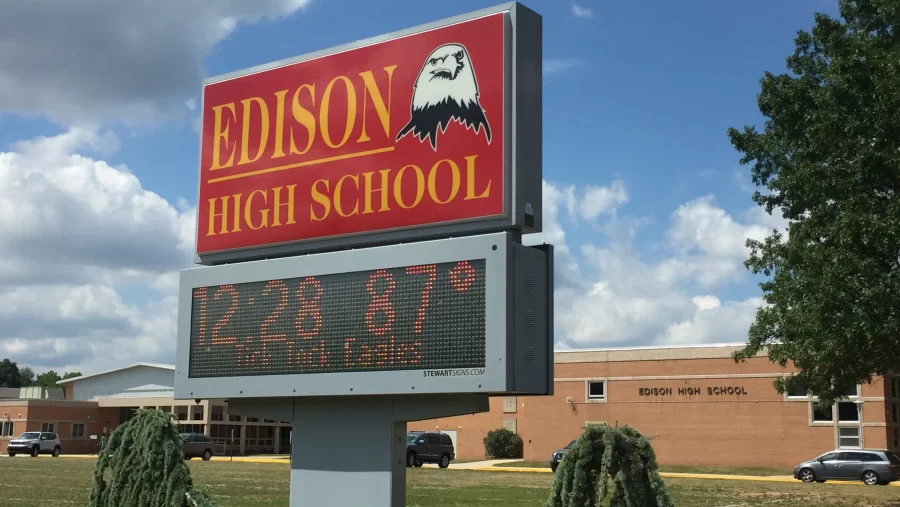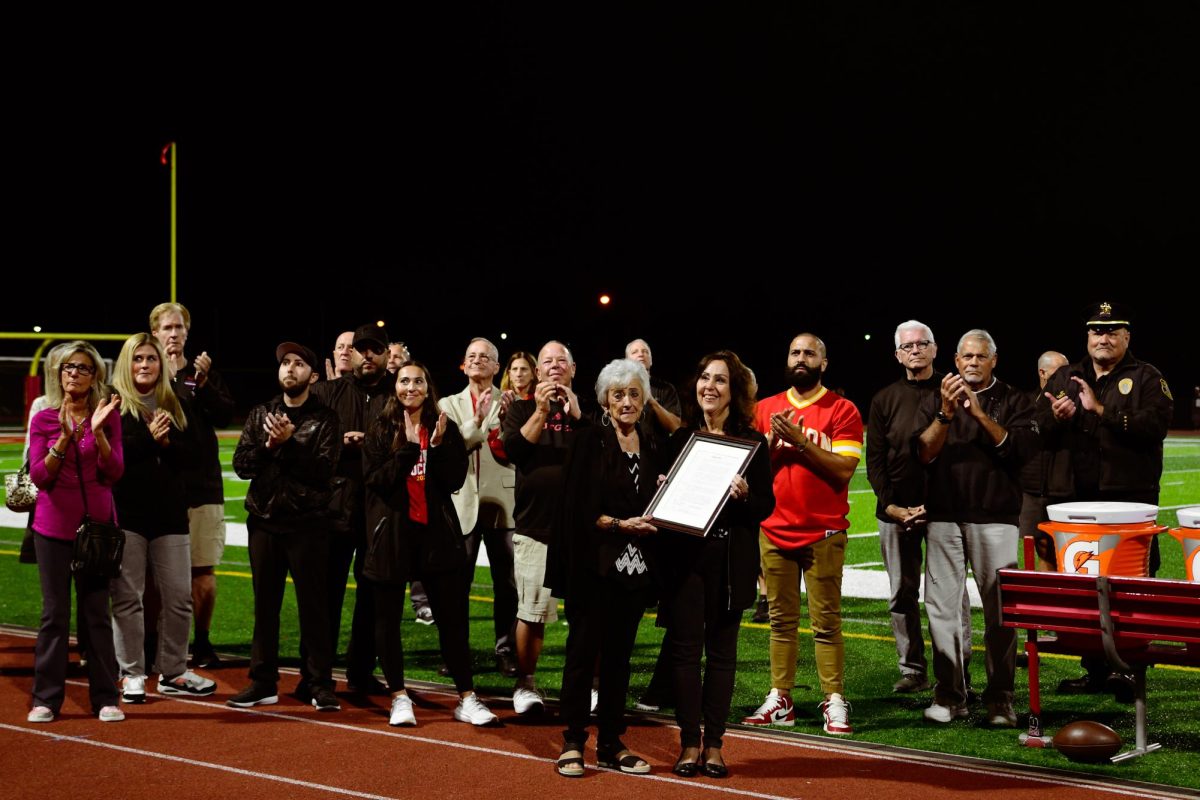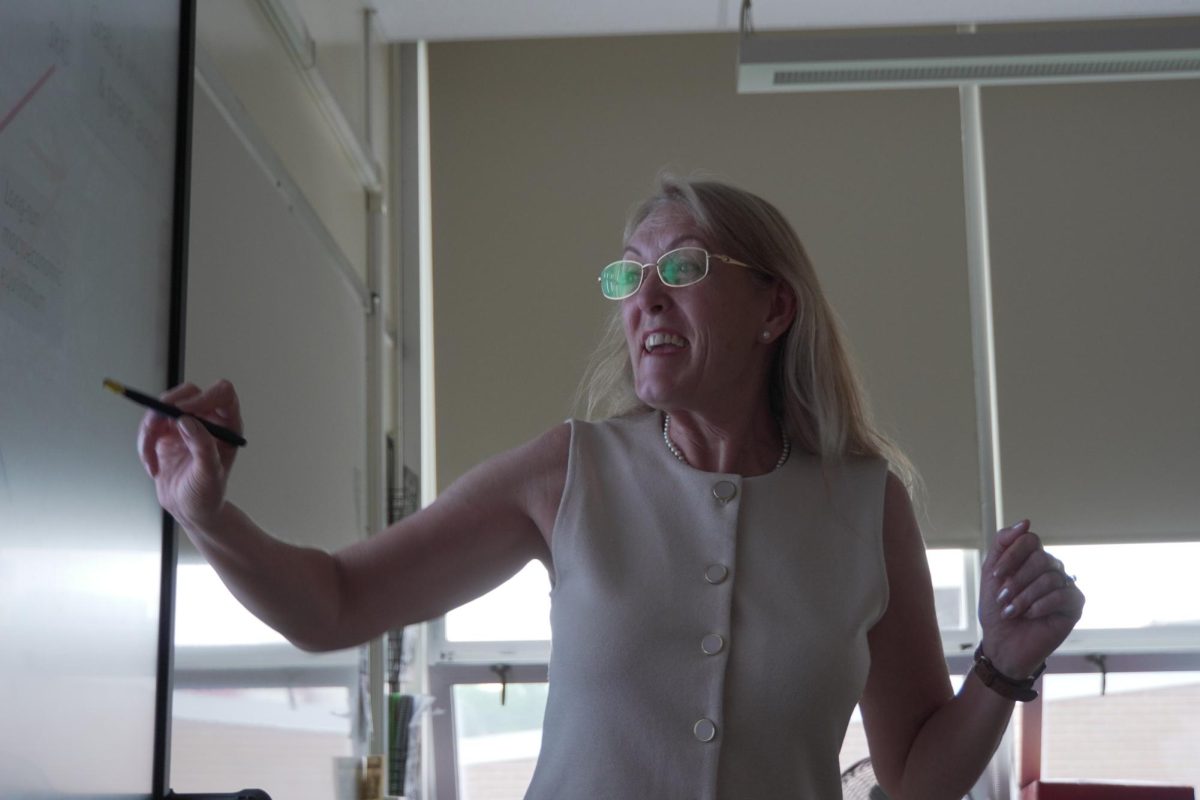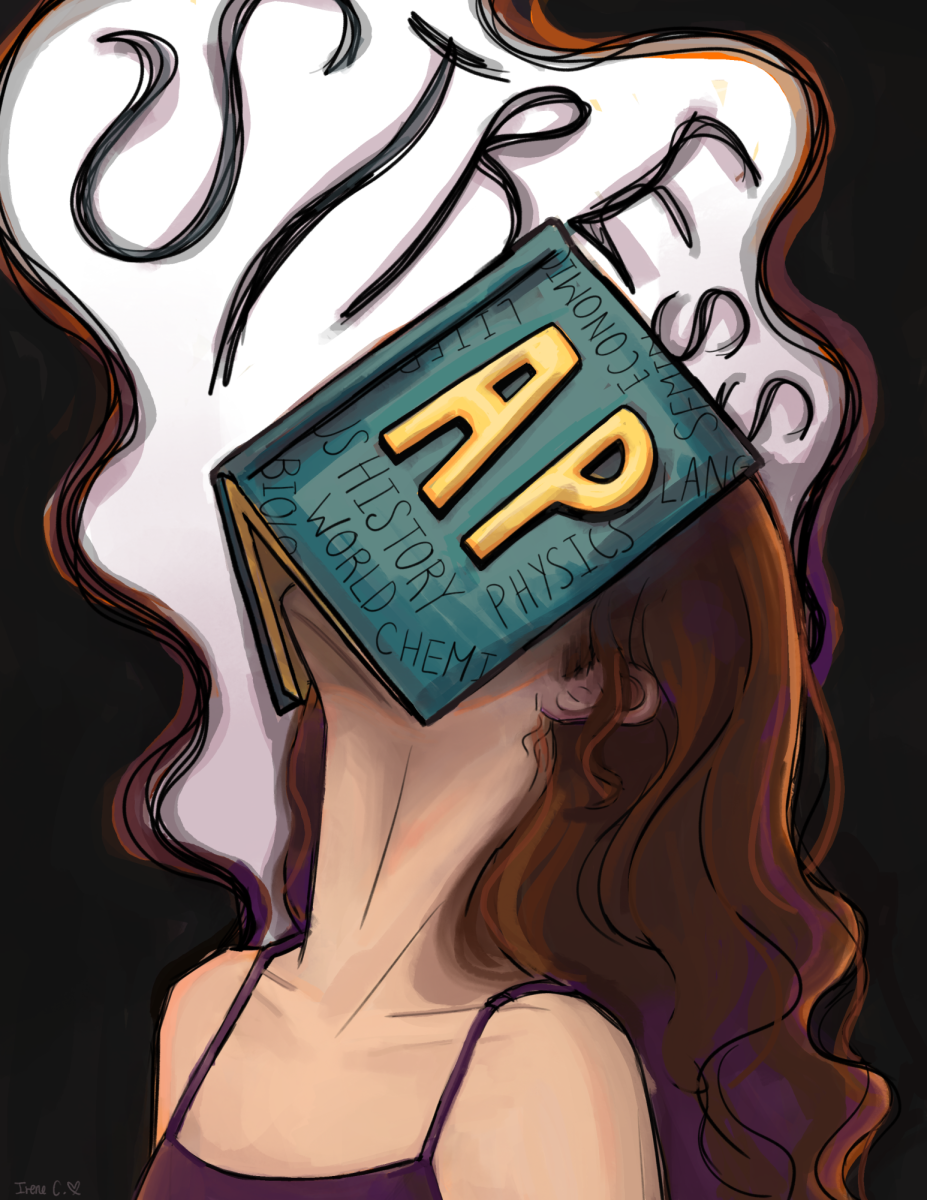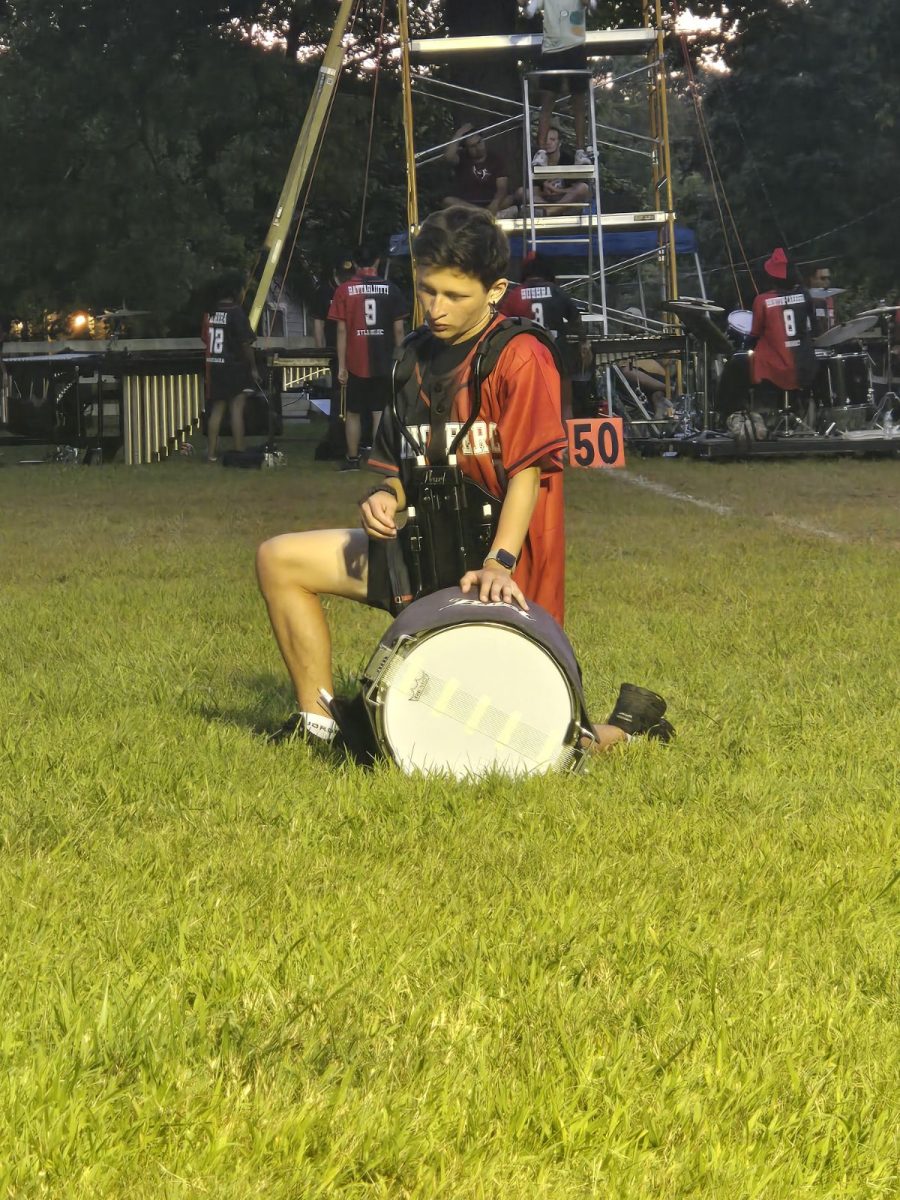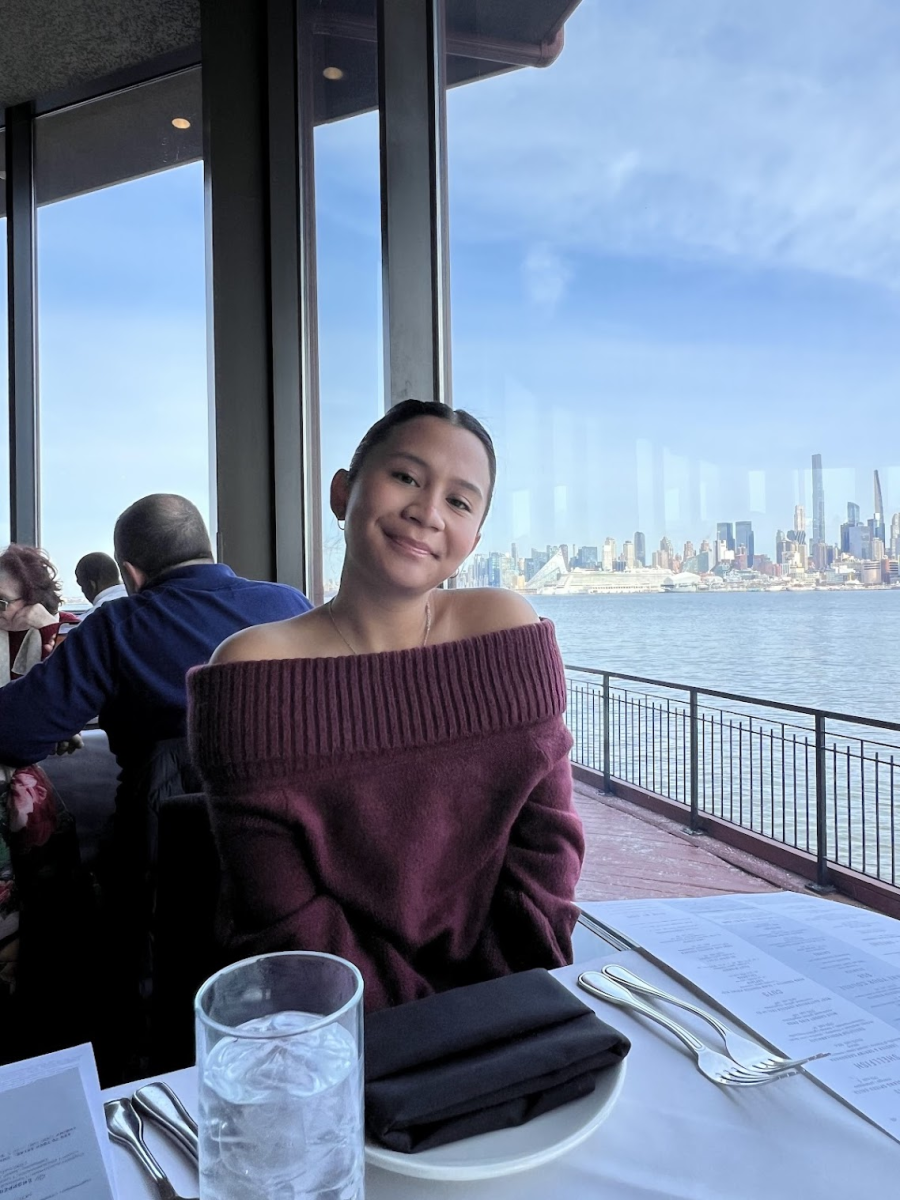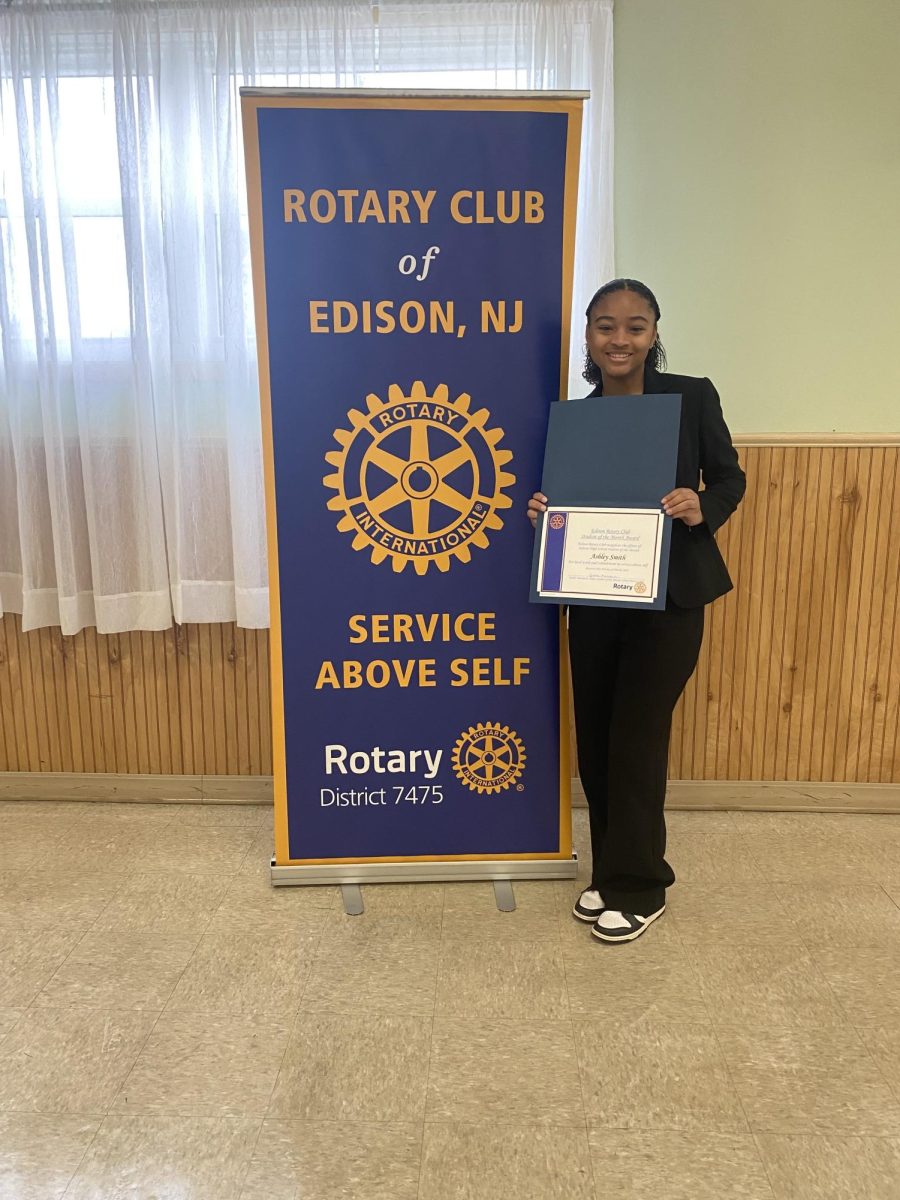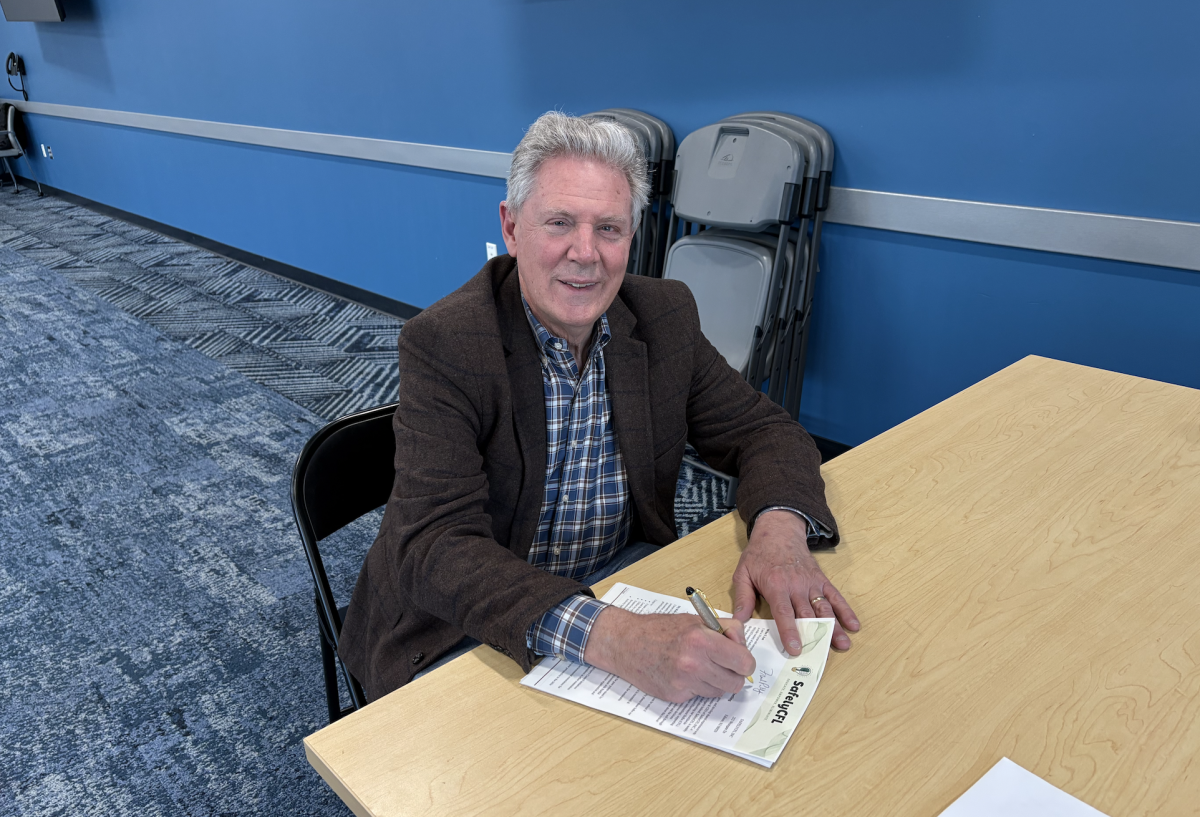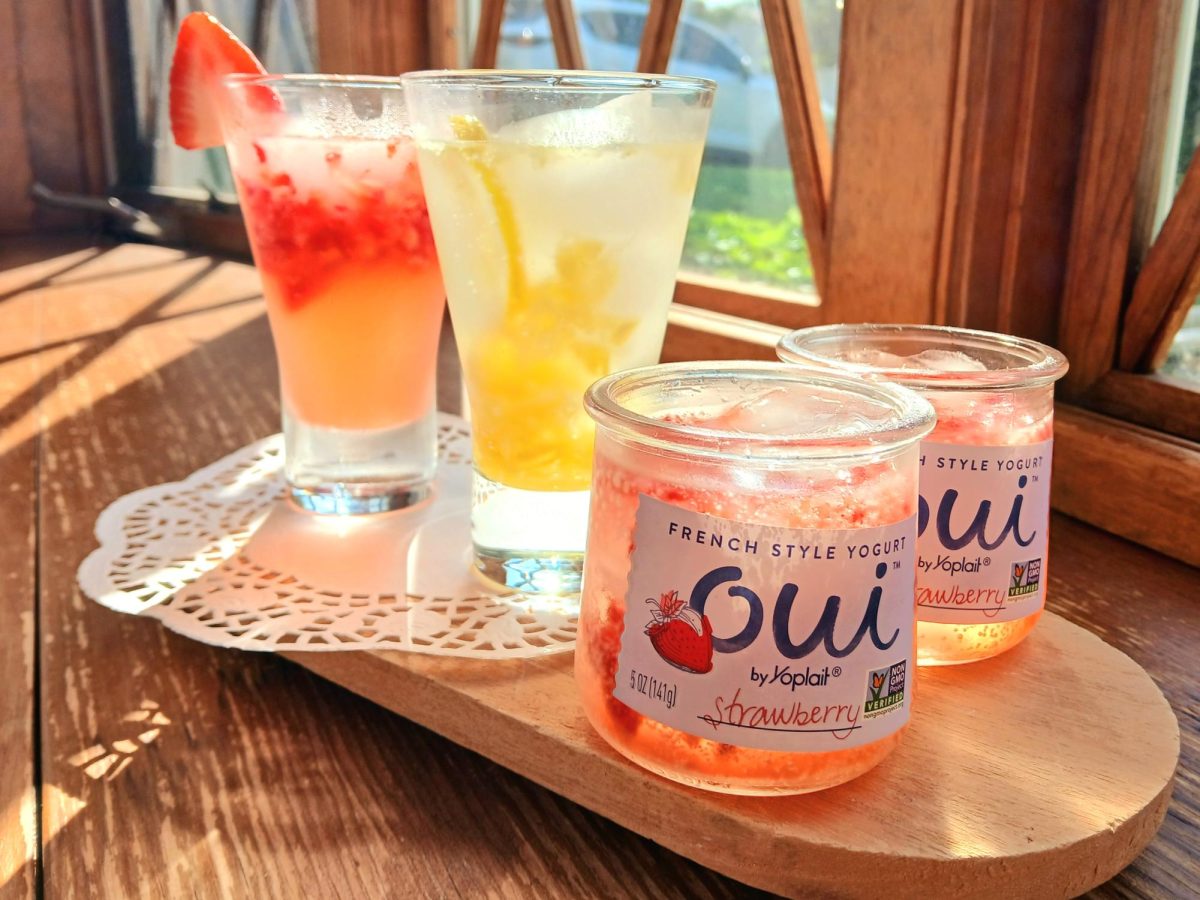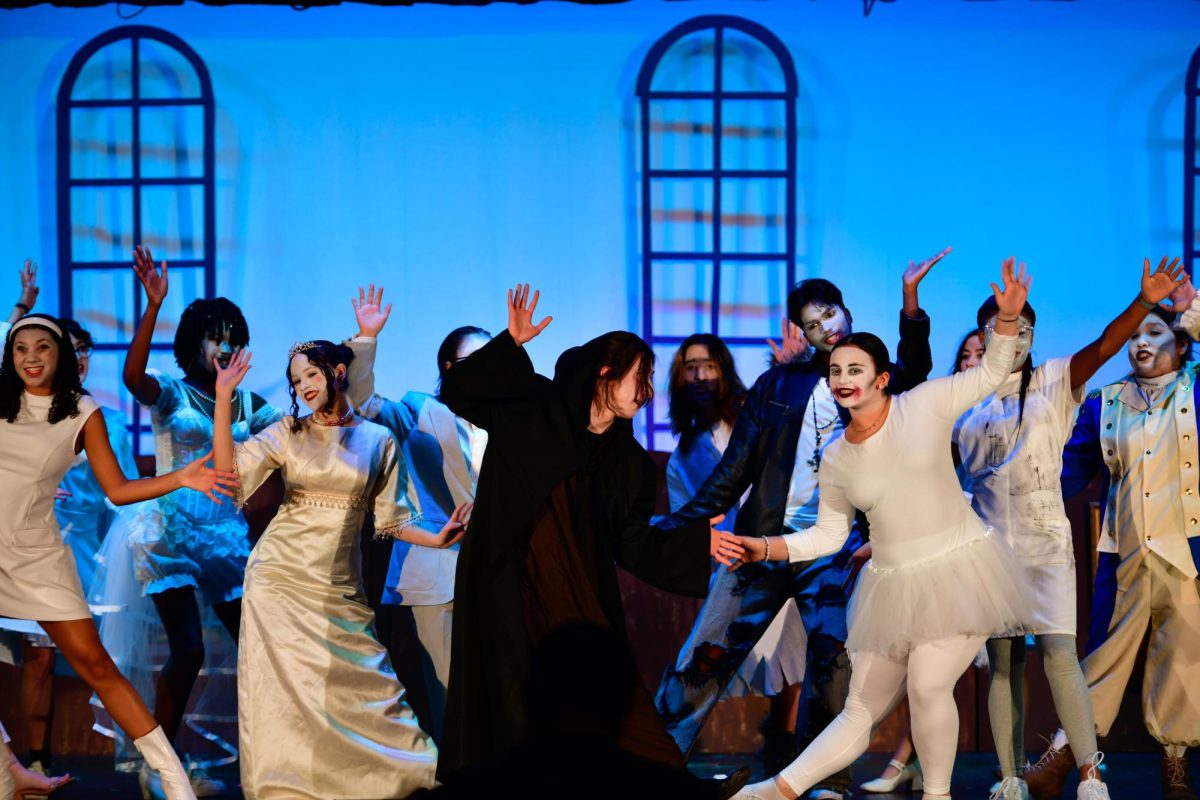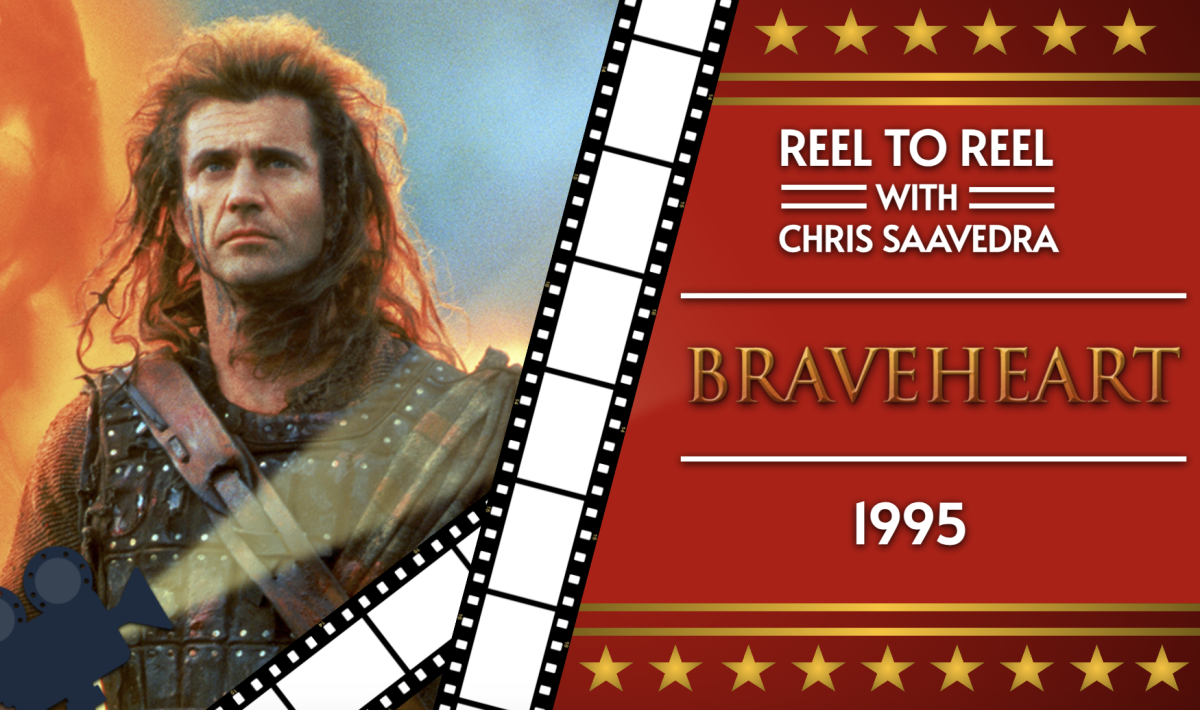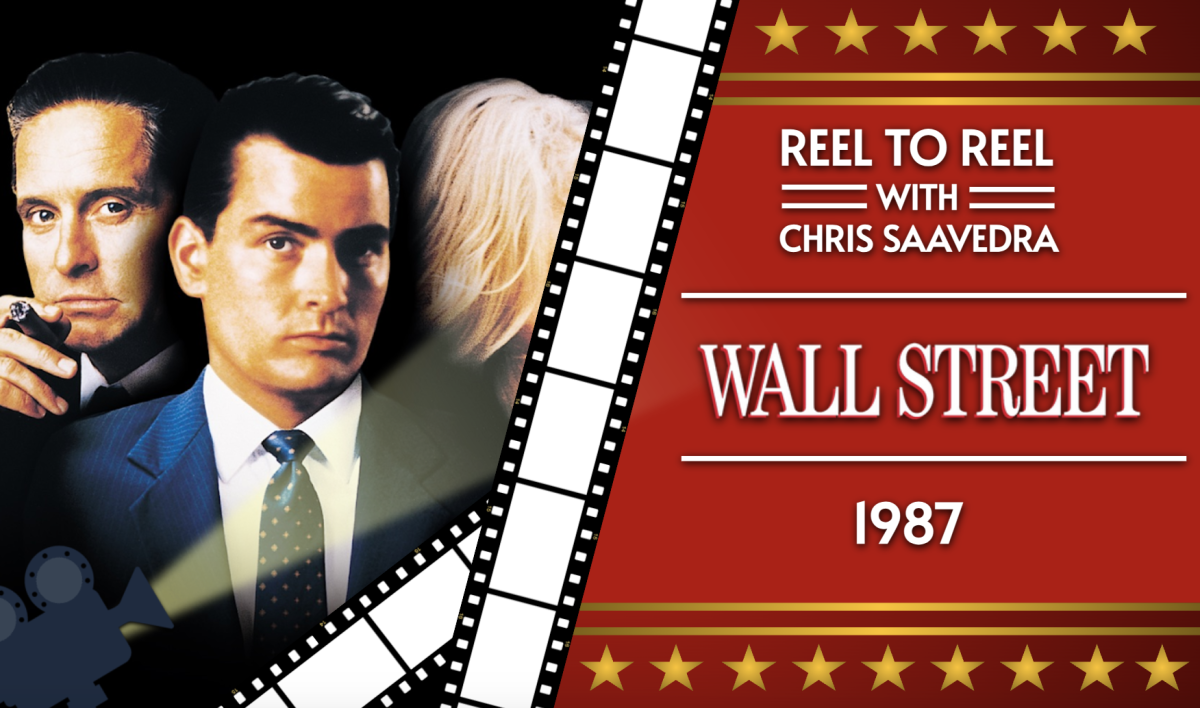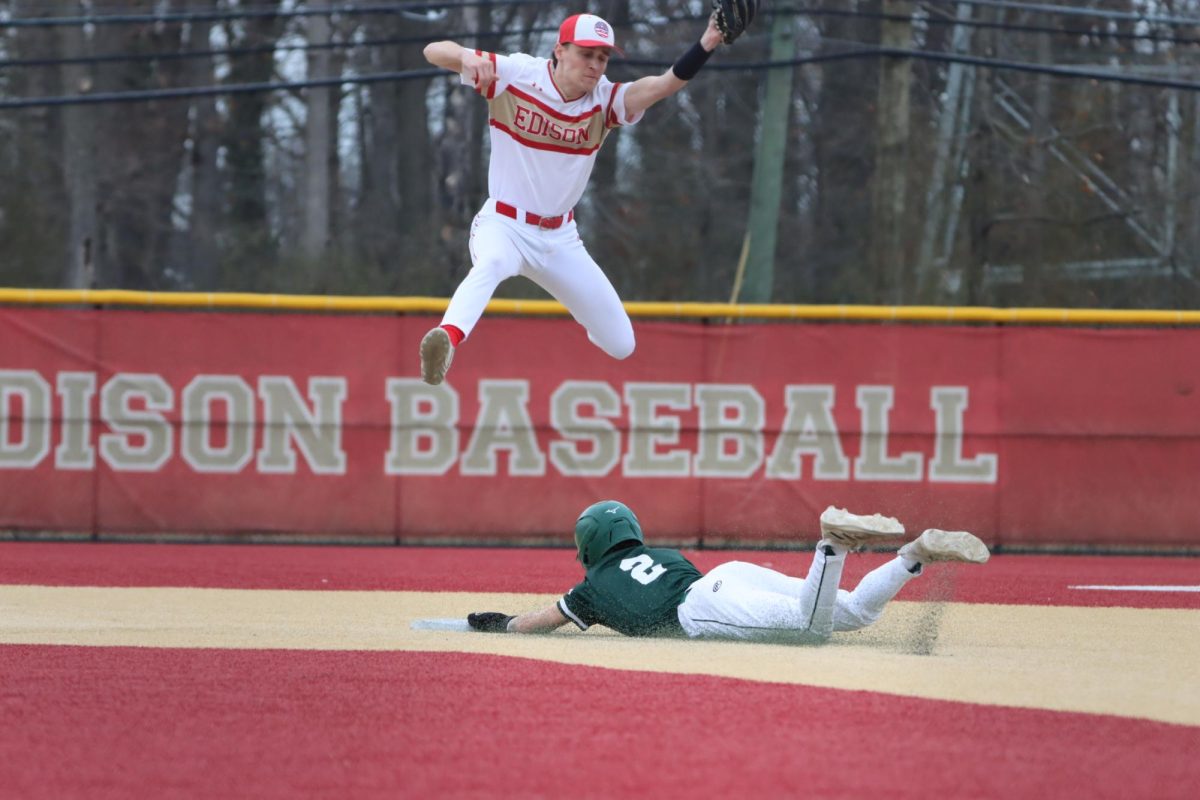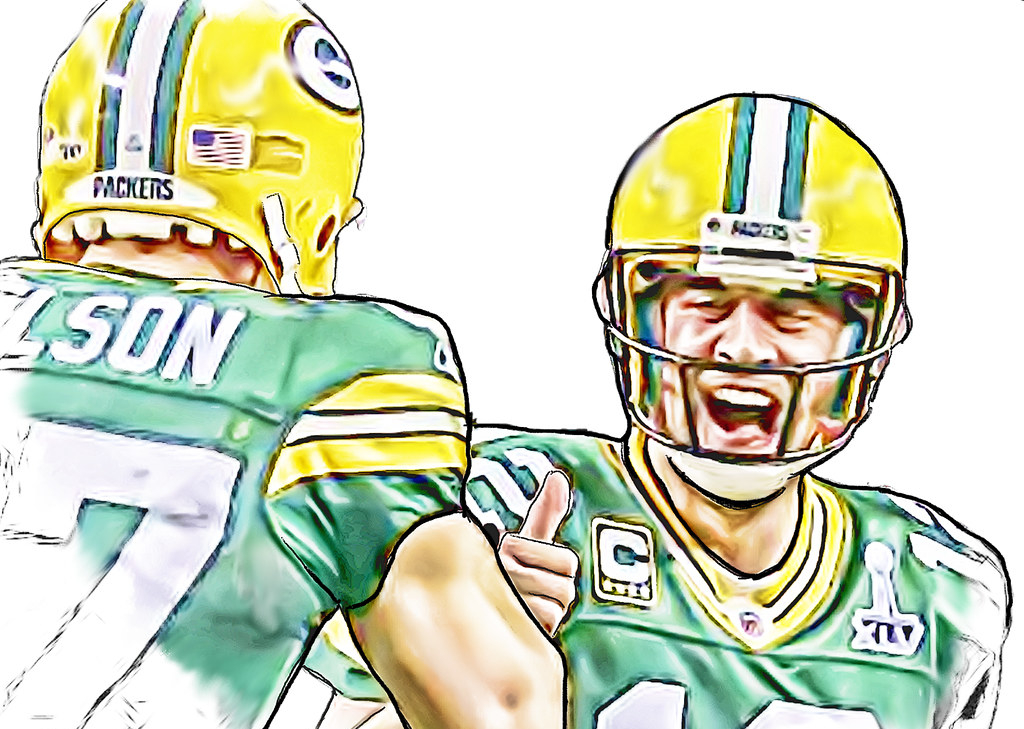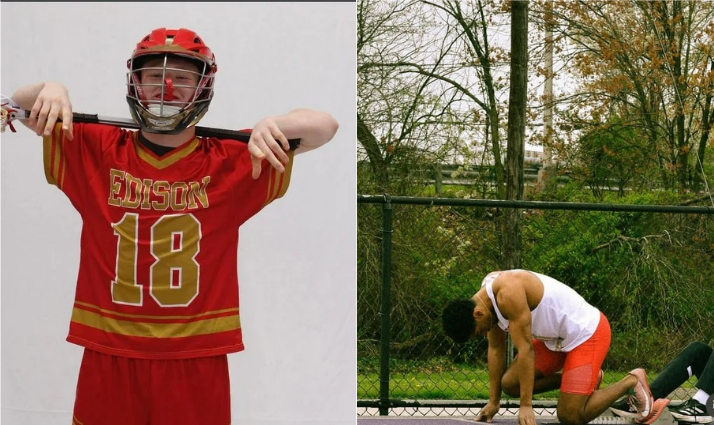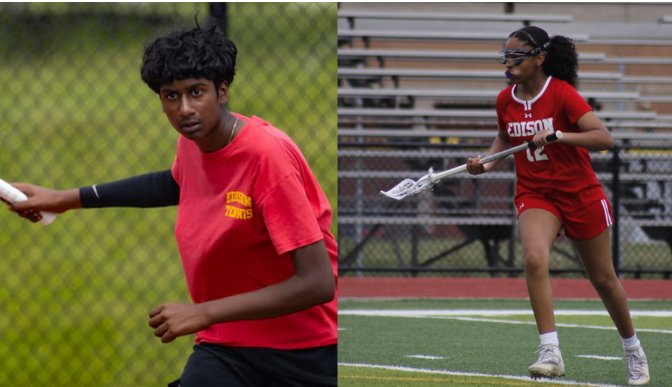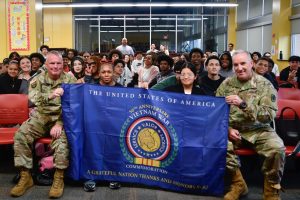Edison High Fifty Years Ago: The Vietnam War, Culture, and the Many Shades of Change
May 28, 2021
Although television was at some point in black and white, the world has always been in color. From pillbox hats to bell bottoms, the personality of the 1960s and 1970s, a color unseen by today’s students, differs from present day. Disconnected from the past, students today struggle to see the contents of history class as real despite fifty years not being that long ago. Likewise, they struggle to see that their emotional, social, and psychological well-being is not so different from that of the generations before them.
Edison too was alive and bustling before today’s students, but school and community life differed. Linda Donato Kennedy, alumna from the Class of 1970, described her experience at Edison High School in the late 1960s. One aspect of 1970s culture was the way students dressed. Inspired by First Lady Jacqueline Kennedy, female students wore shorter skirts and had fluffy hair, often spending their mornings before school trying to attain the perfect hairstyle.
“She [Jacqueline Kennedy] was Princess Diana, Meghan Markle, all of that rolled into one,” Kennedy said. However, by the time Kennedy graduated, women had begun to wear pants and straighten their hair.
Although the fashion trends changed, Edison High’s rivalry with J.P. Stevens has persisted. Like today, football games were key hangout spots and a critical part of high school culture. Games against J.P. Stevens amassed the largest crowds, becoming especially intense and even breaking out into fights. Fervently, Edison High students held bonfires outside of the football stadium where the sand-court now is, burning effigies before games to enforce eagle pride: a symbol of the rivalry. Attracting dozens of students, the bonfires also created a sense of togetherness along with the spirit of competition. Edison High no longer conducts these bonfires, but the zeal and zest remain.
In addition to fashion patterns and school rivalries, the community was another color on Edison High’s palette. Growing up a few blocks from Edison High, Kennedy described the transformation of empty land into new developments, such as the Revlon plant on Route 27. The community began expanding in the 1970s; thus, pigment covered Edison’s canvas. As many of these developments remain, the houses around EHS reflect 1950s conformity, for they are mostly small, one-story—some may say “cookie-cutter”—houses.
While the era of conformity shaped their childhoods, events like the Vietnam War shaped their high school experience. Most current students would define their high school experience as one through a screen, but the experience of students then consisted of watching the graduating senior boys go off to war.
This change was “very real because a lot of the boys that you saw around were in uniform,” Kennedy emphasized. The only war that concerns students today is the pathogenic attack on their immune systems: COVID-19. Nevertheless, both COVID-19 and the Vietnam War divided students from loved ones. The draft sent boys to Vietnam as quarantine separated friends.
“It happens very fast. Take what you can from life”
Linda Donato Kennedy ’70
As the war ensued in Vietnam, the youth protested from the homefront. The protests at Kent State University resonated with many students, causing EHS students to protest subtly. To convey the impact of the protests, Kennedy said that the images were “burned in [her] brain.” These events greeted the youth with a new picture of reality, augmenting the counterculture. EHS students participated in this movement, which started in the 1960s and expanded throughout the war. A key element of the counterculture were “hippies,” who emerged in opposition to the war. Opposition to the war and fashion went hand in hand, causing the hippie style to become widespread in EHS.
The counterculture of the 1960s still lingers today, resembling Generation Z’s activist spirit. Seeking equality for all, students today face a similar situation with Black Lives Matter protests. The same way the image of a college student face down on the concrete at Kent State University impacted students then, the video of George Floyd’s unjust death affects students today. The youth’s proactivity has only grown throughout the decades as more young students become involved.
The media played and still plays a huge role in bringing news to students. Not only did many students view the effects of the Vietnam War on television, but they also witnessed the assassination of President John F. Kennedy. Linda Kennedy described the effects of the tragedy on the community.
“Our lives stopped for three days,” Kennedy said as she reflected on the assassination. The shock resulted in days off from school, and many students spent this time watching the funeral proceedings. Kennedy and many other Catholics were especially devastated since JFK was the first Catholic president. The death of the beloved president caused a long-lasting period of mourning.
While the phrase “the good old days” suggests that children back then were happier, Kennedy iterates that these times were not as perfect as they seem. A high school experience defined by war, conflict, and tragedy, not only caused many students to mature quickly, but also caused an undercurrent of mental health issues. The lack of mental health awareness led many students to bottle up their issues and keep it to themselves. Although there is more conversation about mental health in today’s age, it is still an ever-present stigma that many students struggle with, especially with a global pandemic, social justice concerns, and a draining workload. While the level of awareness differed, the mental struggles of students were relatively the same.
The stark differences between Edison High in the 1970s versus now would cause many to believe that the two generations have little in common; however, the difficulties persist along with recurring pride and opportunity for greatness. The trends, setting, and events were different, but the high school experience is still a crucial part of a student’s growth and well-being, no matter the decade: the colors of the decades change, the red and gold remain.
“It happens very fast. Take what you can from life,” Kennedy said, looking back on her high school experience.


